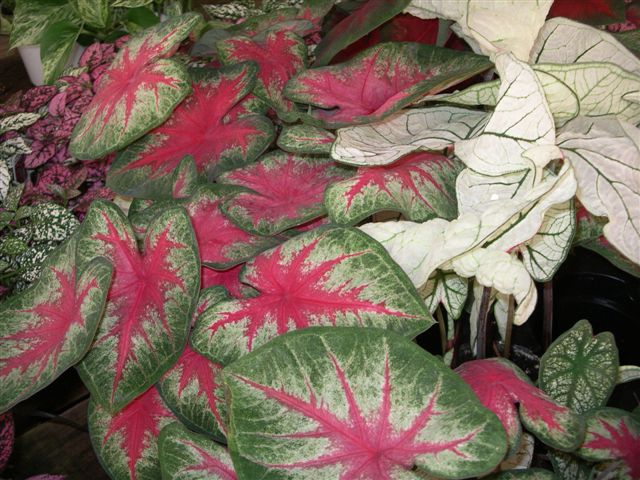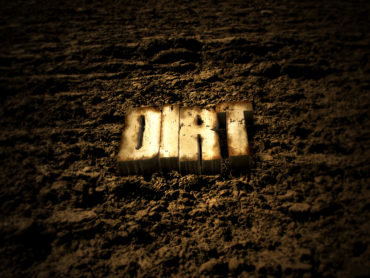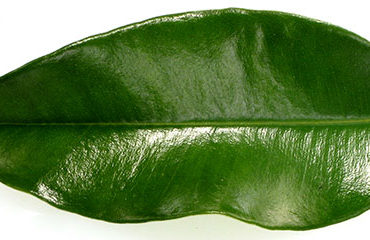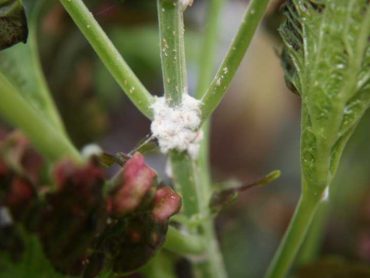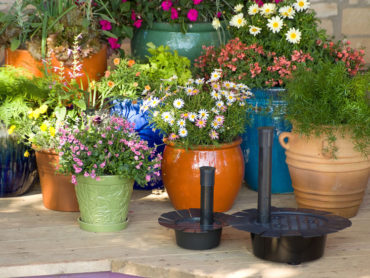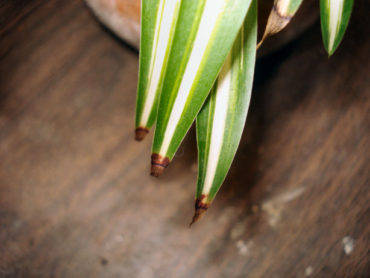How often should potted indoor plants be fertilized?
The correct answer to this question is hardly ever if at all!! Most indoor foliage and common houseplants are grown by professional growers and are fertilized regularly at the nursery. When plants are being grown in the nursery they receive high amounts of light, air movement and water. While the houseplants are growing actively they require more food to support themselves. Add in the natural movement of air and the frequent watering and you get the picture.
When the houseplant moves indoors the growing process is drastically reduced. Most houseplant growers use time release fertilizers that are incorporated into the soil mix and also added to the top soil of the houseplant. You may notice the small bead-like fertilizer on the top of your houseplant when you bring it home. This is the time release fertilizer that will sustain your indoor foliage plants for a very long time. Fertilizers are “salts” that build up around the roots if the plant is not leached regularly, as they are while growing in the nursery. Houseplants usually require infrequent watering and are hardly ever given enough water to leach out the salts from excess fertilizer. Too much fertilizer on your indoor plants can result in the tipping and brown edging you might notice on older houseplants. Indoor plants that have thrived in good conditions in your home or office for several years may require a dose of fertilizer from time to time, but use it sparingly and cut the suggested amount on the packaging by at least half.
Houseplants help to clean the air in your environment and provide us with additional oxygen. Indoor plants are a proven stress reliever and help to soften the hard surfaces of our home and office environments.


